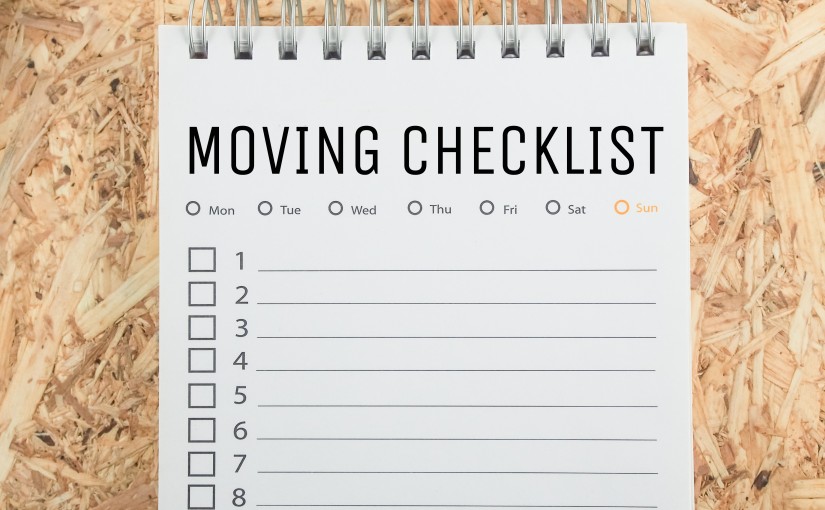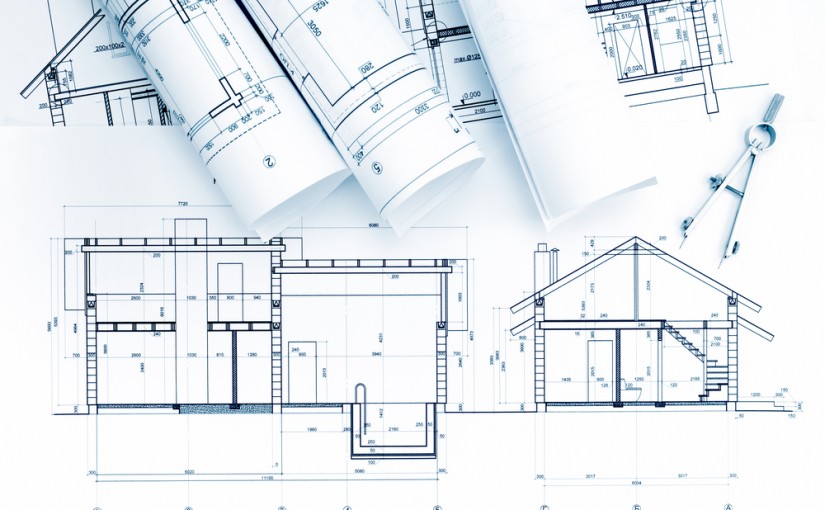Finding the perfect home is only half the battle when you’re house hunting. The other half is getting a mortgage to pay for the perfect house you found. This side of the coin has less to do with personal preferences and more to do with having a plan and being prepared. To get qualified for a mortgage it helps to start the process long before you start looking at houses. This isn’t always straightforward and there are a lot of myths out there that can lead you down the wrong trail.
My Income is High Enough to Get Approved
While income is one of the factors lenders will look at, it’s not the only one. Just because you make a good living doesn’t mean you’ll automatically be approved. Other factors you need to consider are your credit score, down payment, and debt to income ratio. It’s important to remember that no one single factor will make or break your loan, so don’t get too focused on one or the other.
20% Down is Required
While almost every financial planner will recommend that you put 20% down, it isn’t required to get a loan. If you don’t have the time or the means to gather up that kind of liquid capital, most lending institutions will let you put down a lesser amount. However, putting less than 20% down will likely increase your interest rate, and you might be required to purchase private mortgage insurance (PMI) on top of your loan. Again, it’s always a good idea to put 20% down, but putting less down is okay if you can afford the higher monthly costs.
Closing Costs are Just the Down Payment
Saving up for the 20% or less for the down payment isn’t the only up-front cost you’ll need to account for. The term closing costs refers to several items rolled together that you may have to pay for up-front, and these costs can add up fast. Closing costs can range from 3%-6% of the value of the home and consist of inspections, fees, taxes, and few other costs. The bright side is that these costs are up for negotiation. When you put an offer on the house, you can haggle with the seller and see if they’re willing to pay closing costs.












